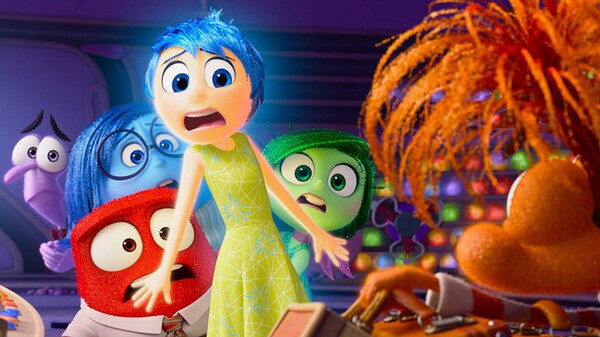Red Bracelets, an Educational and Fun TV Series about Young People Who Suffer
Imagine a hospital, a little far from the city center, where young children
are forced to stay for months or years for different reasons: cancer,
comas, anorexia, heart problems, accident injuries.
Imagine them closed inside those walls day and night, immersed in medical
smells and surrounded by equipment, machinery, and the gloomy faces of
other patients or suffering family members.
Imagine these children, between 8 and 18 years old spending their lives
moving from a bed to a wheel chair, from an operating room to their medical
ward, rather than from school to play to swimming in the sea. Imagine them
fighting between life and death, when they should only be throwing their
arms open to the future that awaits them.
Now however, try to imagine these same children talking, laughing, and
crying together: united in their suffering.
Imagine them confiding their first fears of surgery, hugging each other
after receiving good news, playing it cool and encouraging each other when
someone approaches a new Calvary. Imagine each of them putting a little bit
of their own pain aside in order to help carry the weight of the others.
Imagine that these children have created a real and true group of friends
that can be joined by bringing a bracelet with a red stripe. This piece of
plastic would have only indicated that its wearer had undergone surgery, if
they had not made it also become a symbol of courage, trust, loyalty, and
shared experience. Imagine that a piece of plastic stuck to the wrist of a
sick child can become, thanks to the imagination and the desire to live, a
red bracelet.
If you are tired of imagining, you can go and watch the TV series “Red
Bracelets,” which has brought to the screen so many things that we have not
been able to describe in these few lines.
“Red Bracelets” is an Italian television series that came to life from the
Catalan series “Polseres Vermelles,” inspired by the true story of Spanish
writer Albert Espinosa. Espinosa was healed after being sick with cancer
for ten years, and narrates his experience in a book.
So far, the series has had two seasons. The first, composed of six
episodes, aired between January 2 and March 2, 2014. The second, with five
episodes, was broadcast from February 15 to March 15, 2015. Production is
underway for six new episodes which will compose the third season, which
will begin during the summer of 2015. Together with the third season,
production for a fourth has also been confirmed, scheduled to air in 2017.
Certainly the show deals with human love, and therefore with all of the
imperfections that come with it. Sometimes in “Red Bracelets,” pride,
anger, arrogance, fickleness, and victimization prevails. There are sudden
fights and estrangements, trust in others is not always present, and
authentic understanding is sometimes lacking. It also happens that the
closeness of others is not enough to pacify desperation.
There are sometimes deficiencies in the lives of couples as well:
relationships can seem unstable, immature, and subject to pride and whims.
Nevertheless it is striking how, in the end, unity always manages to win
over division, friendship over disagreement, and the will to fight together
over the temptation to isolate oneself and suffer alone.
“Love is stronger than death,” “living is always worthwhile,” “suffering
makes us grow,” “weight carried by two is half the weight,” “unity is
strength…” We could go on forever with such phrases that for some are only
platitudes made to soften inconsolable afflictions, but that in “Red
Bracelets” seem to be truths so real and tangible that they require
reflection at the very least.
Naiveté? Hypocrisy? What is hiding behind the obstinate pursuit of love,
sharing, and hope of those who live in suffering?
Those who like to call themselves disillusioned give one possible response:
“Man, when he feels like he is losing everything, needs to hold on to
something. That is why we invent solidarity, life after death, and
friendship that overcomes obstacles.”
This successful series however, offers us another response. No, perhaps it
does more than offer us a response. It invites us to ask ourselves a
question: could the exact opposite be true?
What if man is made for love, solidarity, the gift of self, and true
friendship, while the “most extreme situations” are meant to remind us of
that truth? What if pain is not the inspiring muse of illusions, but rather
a compass that indicates what really counts, that drives man to understand
what is essential, precisely when things that are not essential are about
to disappear?
Perhaps the secret to why “Red Bracelets” is doing so well is found in the
fact that it is a successful hymn to life: life in any circumstance, life
from beginning to end, but above all, life lived in communion with others.
“I envy them a little, you know? They are sick, but they are together. They
love each other. Thanks to this series, I understand that it is better to
suffer together than to be healthy but live without love, in solitude.”
(Federica, a fan of “Red Bracelets”)















